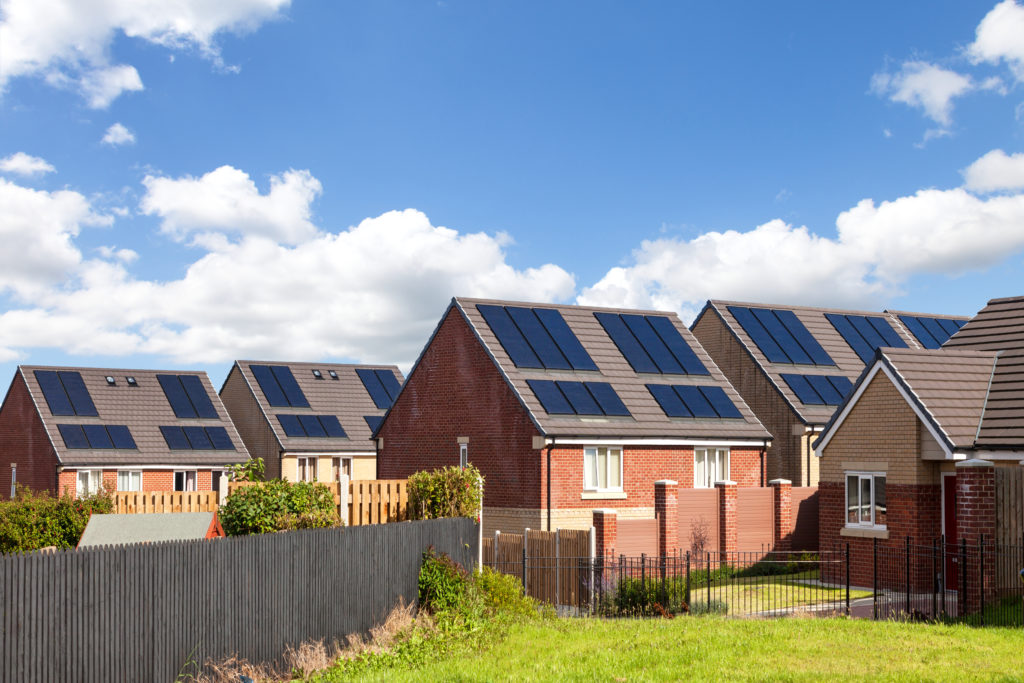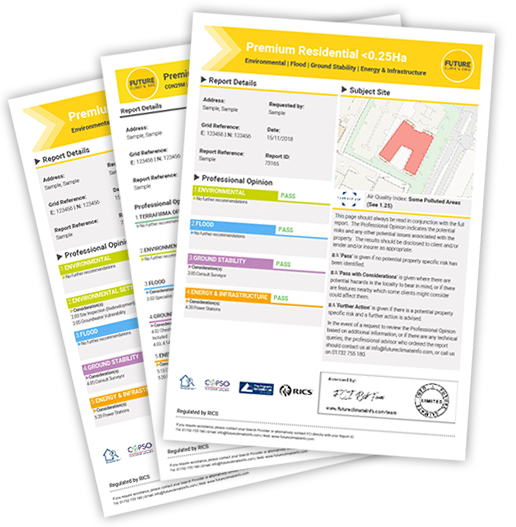Air Quality
Planning policies and decisions must take into account the presence of air quality management areas (AQMAs) and clean air zones (CAZs) to identifying opportunities to improve air quality at a strategic level, such as when plan-making.
Guidance states that “Planning policies and decisions should sustain and contribute towards compliance with relevant limit values or national objectives for pollutants”
These include improving air quality or mitigating impacts, such as through traffic and travel management, and green infrastructure provision and enhancement. These should be considered at the plan-making stage, to ensure a strategic approach when determining individual planning applications that are consistent with the local air quality action plan
So, for example, a new housing estate will have need to demonstrate the cumulative impacts of additional traffic load in the general area, as well as at key intersections, especially if this is close to or within an AQMA or CAZ.
This could also affect adjacent commercial property owners with significant emissions from their processes. Homebuyers would want to understand this interaction and what it does to the total local air quality levels. Business owners will want to assess any stricter emission requirements due to the presence of new development. Land agents and their clients will want to review this as part of their site appraisals for relocation options.
Flood Risk
The new guidance focuses on the future resilience of communities and infrastructure against flood impacts from climate change. These include space for physical flood protection, relocation of vulnerable development and infrastructure and strengthening of planning policy on zoning for new development.
Planning policies will also need to consider the introduction of Natural Flood Management, the role of Sustainable Drainage Systems (SuDS) and to evidence their use in Flood risk assessments.
The sequential test approach for avoiding inappropriate development in a high risk flood area remains in place.
What is new is the requirement that strategic policies should also now consider the ‘cumulative impacts in, or affecting, local areas susceptible to flooding’ (para 156).
If a high amount of development is permitted in a single catchment with flood risk to existing properties, the cumulative impact may change the flood response of the catchment. Depending on the density of the development this could have greater effects downstream. This could also have impacts on how the flood zone boundaries are changed in the future, with previous flood zone 1 and 2 sites being upgraded to flood zone 3, especially given up-rated climate change allowances.
Climate Change
New development brought forward in vulnerable areas, will need to ensure that green infrastructure is implemented that can help to reduce greenhouse gas emissions, through its location, orientation and design.
The use and supply of renewable and low carbon energy and heat should be pursued, while minimising cumulative landscape and visual impacts. Suitable areas for renewable and low carbon energy sources and its supporting infrastructure must be considered, including wind and solar farms.
The guidance states that local planning authorities should “not require applicants to demonstrate the overall need for renewable or low carbon energy, and recognise that even small-scale projects provide a valuable contribution to cutting greenhouse gas emissions.”
This suggests a softening of planning policy towards the siting and local community benefit of onshore wind turbines and may have implications for a renewed focus on their spread in the countryside.
Brownfield Vs Green Belt
The revised guidance reiterates the importance of the full assessment of ground conditions in relation to past contamination and land instability and that safe development rests with the developer and/or landowner.
Councils have far more flexibility to make the most of their existing brownfield land, including residential development that contributes to local affordable housing. All other reasonable options for development must be exhausted before looking to alter a Green Belt boundary.
Greater Reliance on the Right Data
The revised NPPF should give conveyancers pause for thought on the implications for their residential or commercial property clients on environmental risks. There is a stronger focus on air quality impacts and the importance of data in understanding cumulative impacts on their lifestyle or their business.
Flood risk is being considered more holistically and climate change is redrawing previous flood risk zones changing the risk profile for new and existing development. Homebuyers need to think about how resilient and sustainable their property is against the threat of flooding.
As our climate changes, our local neighbourhoods will take on new design forms that harness sustainable energy sources. There are sure to be renewed tensions around wind turbines and solar arrays, while respecting the benefit that they can also play in community.
Future Climate Info assist conveyancers and their clients in understanding how climate change and environmental risks could impact on their property decisions over the long term.
We are the only environmental report provider to offer air quality data, in addition to contamination, flood and land stability.
For more information on our range of environmental reports, contact us on contact us on 01732 755180 or email info@futureclimateinfo.com


